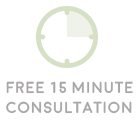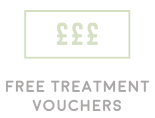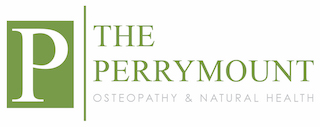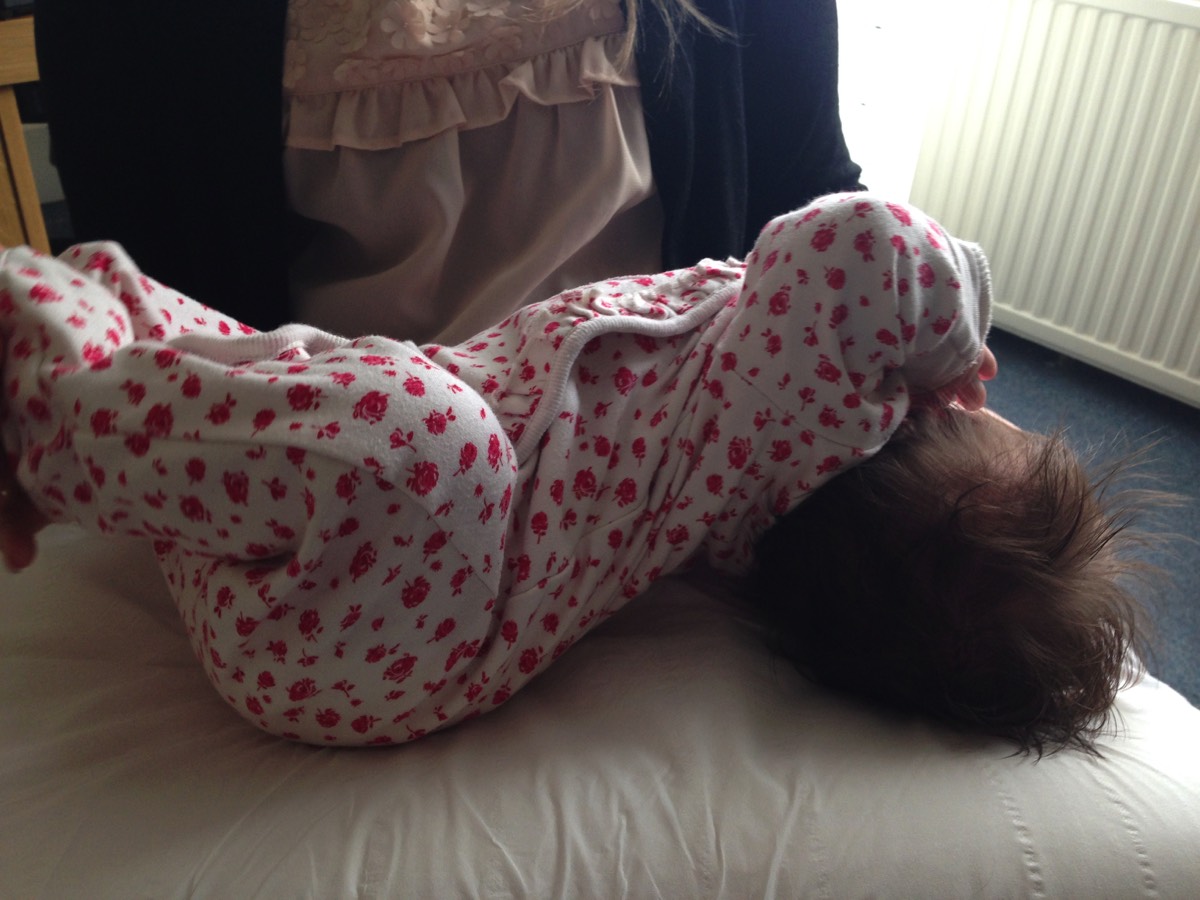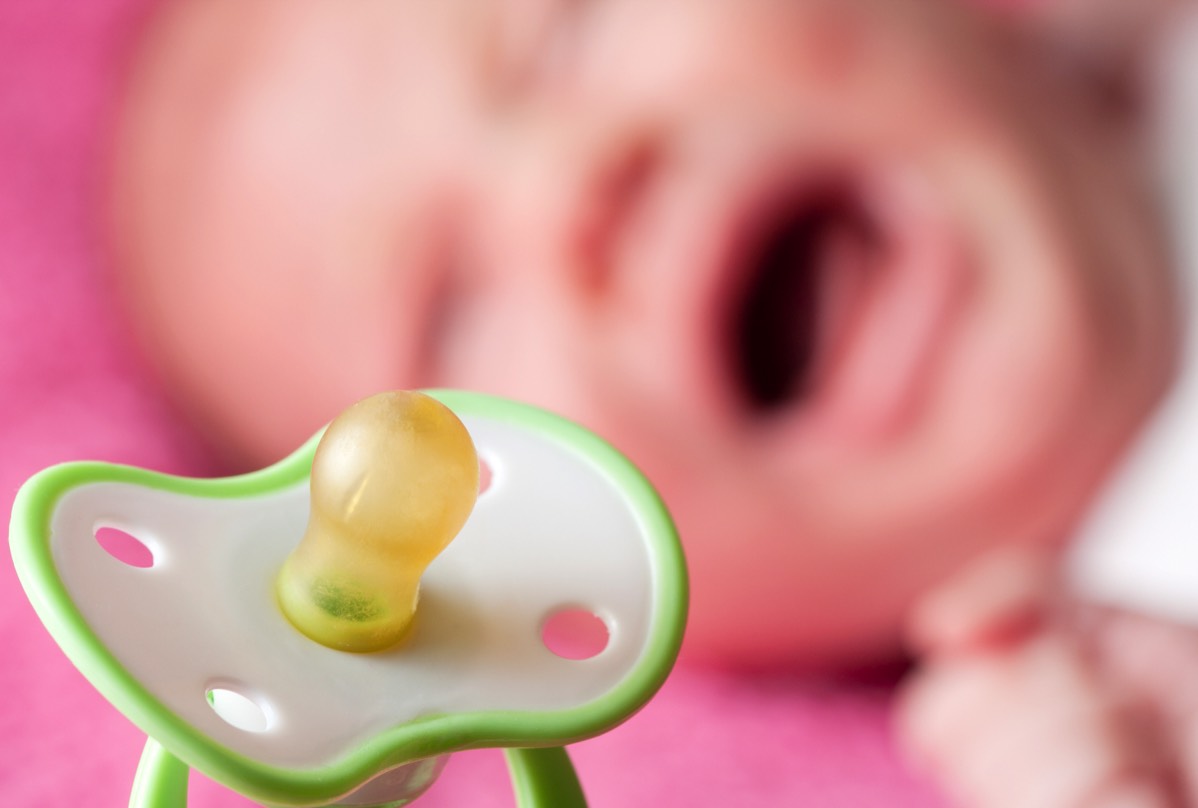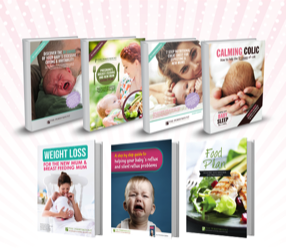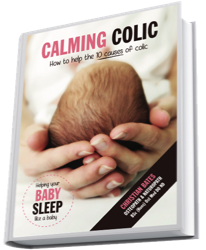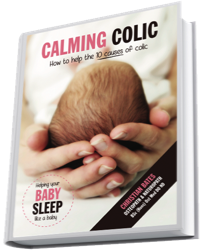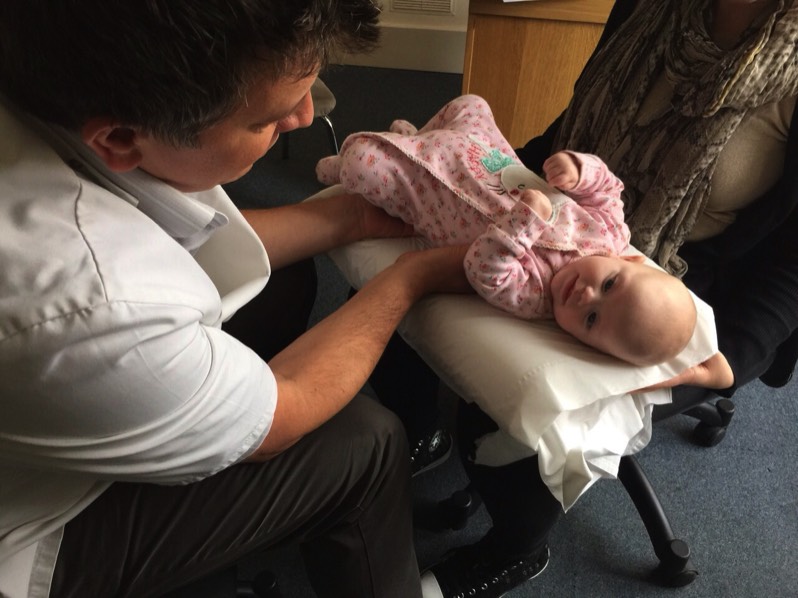Call to book or for more information 01444 410944
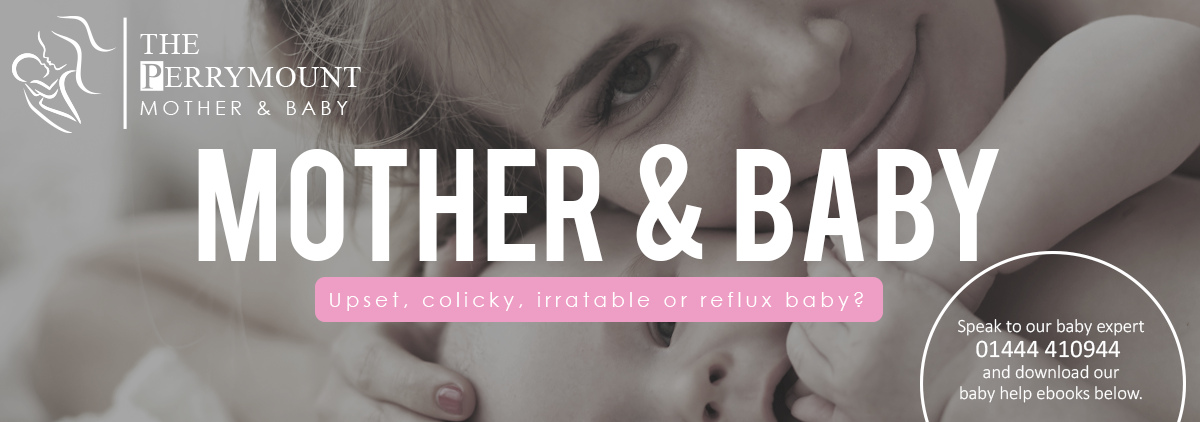
Are you struggling with breast feeding but really want to continue?
Christian Bates - Osteopath & Naturopath
Dee Bell - Tongue tied specialist & Lactation consultant
Issues with breastfeeding are common for mothers and it doesn’t matter whether you are a new mum or have become a mother for the second, third or fourth time even.
Over the years as an osteopath at The Perrymount Clinic I run in Haywards Heath, I have had hundreds of mothers through the doors for Cranial Osteopathy treatments for their babies, many of them mentioning that breastfeeding has been an issue for them.
I will always recommend mothers contact a local lactation consultant and have their baby checked for tongue-tied. I personally have identified the same issues time and time again that make breastfeeding problematic in the first place. What's interesting is that it virtually always ISN'T the mothers fault and yet they are blaming themselves for failing some how.
Most of the issues come from the baby's side of the equation. Although we can hardly "blame" a newborn, but rather what has happened during the birth has left them struggling to breastfeed.
Because my expertise is treating babies with cranial osteopathy I tend to "see" all babies more with conditions I can help. So for a broader perspective I have asked my local lactation specialist to write some advice for you and also a tongue-tied professional that I send my patients to see too. I hope this page helps you! Please feel free to email me for help christian@theperrymount.com and also join up to my Facebook community page where I post LIVE baby help videos.
https://www.facebook.com/CalmingColic/
The 3 common breastfeeding issue I see as an osteopath and naturopath are:
Firstly, not feeding well off the mothers’ right side, preferring the left breast. A poor latch on this side can cause the mother to be very sore. The baby then gulps air, aggravating wind and colic.
Secondly, the baby is a ‘grazer’, wanting to feed continuously even if you know they shouldn’t be hungry. Infact, these ‘sucky’ babies are just lightly feeding and sucking more so to settle themselves.
Thirdly, the baby just seems unsatisfied, is always hungry, wanting more. This can be down to bad diet choices of the mother. More on this below.
If these points seem familiar, then here is an explanation of them in more detail.
Then you can read the fantastic tips from a lactation and a tongue-tied specialist.
1. Does your baby only turn it’s head one way?
Let me firstly address the problem of your baby not feeding well off your right side. It is most commonly the right side, but it can also apply also to those whose babies don’t feed well off the left breast either.
What is probably happening here, is your baby is turning its head to the side and direction it was at birth. Have you noticed that when you put your baby down they always turn their head in the same direction?
If they naturally turn their head to the right, they will always find feeding from the left breast easier. However, switching to the other side will more often than not, be problematic. The latch might not be as good and you will have to fiddle with their head position, possibly using the ‘rugby ball’ hold to better effect as this gives babies more flexibility to turn their heads the way they like.
However, if you keep using the ‘rugby ball’ hold you will only be training your baby to look in the same direction. Much better to get the baby comfortably turn its head both ways, to face into your left and right breast when needed.
Cranial osteopathy is the ‘go-to’ therapy for helping your baby turn its head equally well in either direction so they can feed successfully off both breasts. The treatment helps ease the head, which in turn leads to successful breastfeeding, putting a stop to colicky irritability, leading to less wind and a much happier baby.
Advice I give parents is to encourage their baby to look in the direction they don’t like as much, by simply putting their toys on that side of the cot. Or play with them, so they are encouraged to look more in that direction. A baby will eventually start to look both ways equally, but cranial osteopathy speeds up the whole process up. This in turn leads to fewer mums giving up breastfeeding in the early weeks, giving them the option to continue with this method of feeding if they wish.
Watch this video for more explaination on your baby’s neck turning and its influence on breast feeding
2) The baby is a ‘grazer’, wants to feed continuously even if they shouldn’t be hungry. Infact, these ‘sucky’ and snacky babies are just lightly feeding and sucking to settle themselves.
A reason that could explain a baby being a ‘grazer’ or a ‘sucky’ baby is a traumatic birth. A traumatic birth could be a birth that has been long and difficult with lots of contractions on their head or a birth that has been assisted with use of forceps or ventouse .
These types of births can lead to babies getting cranial tension. Babies with cranial tension often like to suck a lot as the mechanic gives relief to the tension in their head. To illustrate this, I ask parents to think about having to swallow to clear ears when coming to land in a plane. The motion of swallowing or sucking a sweet activates a mechanism in the cranial bones that gives relief to the ear pain.
When you baby is sucking a lot you think it is needing more milk. BUT, when you put them on the breast or give them a bottle they thrash around and stop feeding, coming on and off the bottle or breast, bringing milk up and spluttering. The reason for this is they want to suck, but in fact don’t want the milk because they are not hungry.
This can be really frustrating for a mother and a cause of sore nipples if you are breastfeeding, which in turn can make a mother consider giving up breastfeeding altogether.
A solution is to relieve the tension in your baby’s head and again cranial osteopathy is the ‘go-to’ method to achieve this. There is literally no other treatment that can do this. Or to offer a dummy that provides something the baby can continuously suck, but it doesn’t solve the long term issue of the cranial tension and dummies can cause sleep issues down-the-line.
To use a dummy?
A way to see if your baby’s discomfort is eased by sucking is to offer your little finger for them to suck on or to use a dummy. The use of a dummy can be controversial, however it can really help settle your baby and it doesn’t have to be long-term. If your baby is dramatically helped by sucking, and is content doing this but isn’t actually hungry, then your next step should be to see a cranial osteopath for some treatment to release the cranial tension so the dummy isn’t needed.
Think of the dummy as a “tool” as it can really be a massive help if you have a troubled baby and is a way to help them, and you, get some sleep. I have seen many times a baby desperately need a dummy but after cranial osteopathy treatment the head tensions have eased and the parents can withdraw the dummy use. Of course there may be some “habit” formed which you will need to break but it should be far easier because the baby doesn’t actually “need” the dummy anymore to receive head tension or pain.
3. Does your baby snack a lot and not seem satisfied from breast feeding? How a mother’s diet affects her breast milk and in turn her baby
How a mother's diet affects her breast milk and in turn her baby
Someone once posted a Facebook comment to me stating “Women in Third World countries have successfully breastfed their children forever”. Meaning that even the malnourished mother produces breast milk that can nourish their child.
I do believe in this and that breast milk is amazing, but where do you think the breast milk is getting its nutrients? The answer is that it strips them from the mother. And where does the mother get the ingredients to replenish her own health? From the food she eats.
Your diet nourishes YOU and YOUR BABY. And my aim is for you to both be in optiMUM health as a result of it.
The key is ensuring you are eating well and consuming plenty of protein, fat, carbs, vitamins and minerals. These are then passed onto your baby via your breast milk with any leftover for you. QUANTITY therefore is key too.
It’s strange that mums eat so well when pregnant, but often change this completely when breastfeeding. Tiredness plays a big part in this, as well as a lack of time, leading to mothers overlooking good diet. Sugar loaded foods easily to hand seem the quick fix option. BUT, through good diet alone I have seen milk production increase especially when more protein is consumed by the mum. More milk, better feeding, better sleeping, happy baby, happy mother.
As a Naturapath, I am very passionate about this topic and even though there is no analytical research available to support this, I have analysed the diets of forty mums who in the past have visited my clinic seeking help for their upset/colicky babies. I have established that most of the time their diets have been generally quite poor and lacking many vital nutrients.
Another thing I established with these mother’s was they were all Vitamin D deficient.
Vitamin D is a major health nutrient.
A scientific study supports this (ref below). A study of women’s diets whilst pregnant, revealed that if women were Vitamin D deficient in pregnancy then Vitamin D was shown to be lower in the placental cord blood, which researchers then linked with the baby being more likely to get eczema. This alone proves my theory that what mothers eat does cause a variation in the nutrients supplied to her baby and the health of her baby too.
Another example - this time a first-hand experience as it involved one of my patients whose baby had really bad eczema.
It was so bad that his skin was weeping and bleeding from the scratching, prohibiting him from sleeping well which in turn meant the whole family were exhausted. At the time I was reading a study (ref below) that revealed that if mothers eliminated tree nut-related foods (of which chocolate is one of them), as well as fermented foods, their baby’s atopic dermatitis (eczema) got better in 73% of the babies.
I asked the mother if she was over eating any particular foods more than she normally would and she said chocolate.
She had no idea that this could affect her baby, as she believed the common misconception that her diet played no role in her breast milk quality.
This mother had seen GP’s and paediatric consultants and had creams to apply, but not a single bit of advice on her current diet. After only one week of not eating chocolate, her baby’s skin dramatically improved and continued to prove too (we also used Biogaia Protects probiotics by the way).
Did you have a C-section?
Another scientific study I came across (ref) that again got me VERY excited was a paper that revealed that mums who had had C-sections had lower protein content in their breast milk.
The study revealed that having a C-section actually changed the nutritional content of mother’s breast milk. The study didn’t offer any advice on what that means or what you should do, but here’s my personal opinion. If you had a C-section (and over 20% of mothers do) you should eat more protein in your diet to make sure your body has the best chance to get that protein into your milk and then into your baby. Make sure therefore, there is a moderate amount of protein in each meal you have.
So another study that goes against GPs and midwives advise that protein content of breast milk ALWAYS stays the same. But here we have scientific evidence and first hand case studies too that suggest quite the contrary.
Balancing blood sugar
I am now going to share some information with you that is HUGE, which a lot of pregnant ladies might not even know about. One of the things I recommend in one of my four e-books I have written is the importance of a diet that balances blood sugar. This is achievable by eating in a very simple way. Eating this way promotes hormones to return to normal and also helps with natural, safe weight loss even whilst breastfeeding. One of the e-books I have written, is all about safe weight loss after pregnancy because this is definitely not a time for a calorie restricted diet.
The exciting news is, I have found a few scientific research papers that support the benefits of eating in this way too. I didn’t even know these before I wrote my e-book on the subject.
One study found that if a mother had poor blood sugar control then her lactation was impeded. The study called this poor blood sugar control “glucose intolerance” and “maternal diabetes”. Obesity, is a result of poor blood sugar control also.
All these conditions can be aided by balancing blood sugars through this specific way of eating I write about.
Therefore, my personal conclusion from this is that controlling your blood sugar will improve milk supply and lactation. Another reason why a healthy, balanced diet is so important whilst nursing.
Insulin affects breast milk production
Another scientific study looked at the hormone insulin, that helps balance blood sugar. This is the hormone that diabetics have a problem with so they get too much sugar in the blood. Scientists found that problems with insulin levels hindered breastmilk supply. In America 20% of women suffer pregnancy diabetes.
So having suggested that eating in a certain way helps insulin to work better you can see then also how diet can in turn aid mother’s milk flow too.
It’s also important to point out, that when you adopt a diet that helps balance your blood sugar you are eating meals that provide you with a moderate balance or protein, carbohydrate and fat. You can read about all the details in the e-books I have written, it’s very simple to do.
Another study found that mothers who ate in this way, not only balanced their intake of protein, fat and carbohydrates, but also consumed the best spread of vitamins and minerals too. This means the mother will nourish herself and her breast milk in the best possible way.
So there is some science behind eating well to improve breast milk supply and quantity. Without a shadow of doubt from my experience in the clinic talking to mothers, how eating well does makes them feel better, their baby feed better, their baby be happier and their baby sleep better.
There isn’t much science behind all of these statements but there are loads of mothers to confirm it. I’m sure you have noticed the consistency, colour and smell of your milk change according to what you eat.
I hope this advice from my experience and research gives you something to help you and your baby during this breastfeeding period of your life. I realise that some of the advice requires you to see a cranial osteopath, but the dietary advice is the most vital for your future health and that of your baby too.
I have actually written a lot more on how you can help yourself and your baby. If you like what you have read here, then there are four e-books written by me on eating advice for mothers designed to help nourish you back to good health after having your baby, help you cope with the late nights, improve the quality of your breastmilk if you are feeding (as explained above), all helping you have a happy baby, who is sleeping better.
I have also written three e-books about your baby’s health too, specifically around colic, reflux and improving their future health. These three e-books I will give to you for free when you purchase the mother help e-books. You will also have access to all my mother and baby help videos and other material I have produced, such as the list of foods that aggravate wind and colic in the breastfed baby.
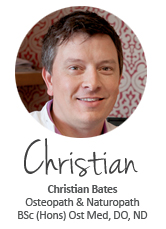
Christian Bates has been an osteopath and naturopath for 19 years and has helped 1000’s of babies and parents using cranial osteopathy and an all round approach to babies health. He is the author of the award winning Calming Colic book and has written other e-books of mother and baby health which are offered as part of The Happy Baby Project.

What if your baby has a tongue-tie? Read on to learn more from Dee Bell
The majority of the clients I see who are experiencing difficulties with breastfeeding just need some support with positioning and attachment. However, sometimes a little more intervention is needed if the baby has a physical restriction from birth or the baby has a tongue tie.
What is tongue tie and is it really a problem?
Tongue Tie or to use its correct medical name ankyloglossia, is a congenital condition in which a small membrane under the tongue, the lingual frenulum, is too short or tight to allow the tongue its full range of movement. The literature records the incidence being anywhere between 1% and 10% of the population and it is more common in boys than girls, approximately a 3:1 ratio.
If your baby has a tongue tie ask around in your family, you might be surprised to find out who else has one too. If you know other babies in your family have been affected, it’s a good idea to have your baby assessed by an experienced Tongue Tie Practitioner.
The most immediate impact of tongue tie can be on the baby’s ability to breastfeed, as the front of the tongue needs to be able to cup the breast and the middle of the tongue needs to rise and drop efficiently in order to effectively draw the milk out of the breast. A baby with a tongue tie may or may not go on to have problems with eating solids, speech articulation and orthotics later in life.
If your baby has a tongue tie they may feed very frequently, or for a very long time due to inefficiency of milk removal. Some baby tire early during the feed as they have to work against the tightness of the frenulum on the lower jaw and after a few sucks just give up. You may experience sore or damaged nipples and each feed may feel like a struggle.
Help is at hand
Research shows that when a frenotomy (division) is performed for a clinically significant tongue tie, there is a significant reduction in maternal nipple pain and improved breastfeeding. Some babies with tongue tie also have trouble with bottle feeding.
If you are concerned about your baby's frenulum contact, get a Lactation Consultant with a specialism in tongue tie to assess your baby and talk things through with you. Breastfeeding is instinctual for babies but birth processes and hospital protocols can often hinder these natural instincts. Many mothers need to learn this new skill and it can take a few weeks to get things right. Give yourself and your baby time, with the right support you can do it.
07766 526009
dee@birthbabyandyou.co.uk
www.birthbabyandyou.co.uk
Dee Bell is an International Board Certified Lactation Consultant (IBCLC) and has been a registered Midwife for 14 years.
She specialised in Infant Feeding in 2008, working for both the community and the Acute Trust in West Sussex. Dee coordinated the establishment of several community Breastfeeding 'Drop ins' along the South Coast. Whilst also working as Infant Feeding Lead at Western Sussex Hospital Trust where she delivered training to hospital staff and Breastfeeding Peer Supporters.
Dee led the Infant Feeding and Tongue Tie Clinic at the hospital for many years before going into private practice and has performed tongue tie division on several thousands of babies both through the NHS and privately without incident.
Problems she is extremely experienced at helping with include: Poor latch, sore nipples, baby weight loss or poor weight gain, insufficient milk supply, Mastitis, Thrush, Reflux, Tongue Tie, baby fussing at the breast and feeding twins.
Dee has extensive experience providing all types of infant feeding support. Her ethos is to ensure that families have all the information they need to make an informed choice about how to feed their baby and the best possible advice so that breastfeeding is successful and enjoyable
Cranial Osteopathy
Cranial osteopathy is fantastic at helping babies turn their head easily in both directions and therefore help them breast feed well.
If you would like to see me to help you with your toddler then please do call my clinic on 01444 410944 or email me on christian@theperrymount.com. If you email me with your best phone number then I will have you called back to arrange an appointment if that is easier for you.
You can also book an appointment online to see me right now by clicking here.
If you don’t know what cranial osteopathy is, don’t worry you aren’t alone! I have a short video of me treating the lovely Maisie below. You will be a able to see just how gentle the treatment is.
Many thanks for watching
Do you live local to Haywards Heath and want to speak to someone about how we can help you or to book an appointment? Fill the form out below and we will call you back
Disclaimer: Osteopaths are not allowed to say they can “treat” specific baby conditions, such as colic because no paid for research has been done showing it can help. What we actually have is 1000’s of parents spreading the word that their baby has benefitted in some way. Cranial sacral treatment looks at the baby as a whole, not as treating a “colic baby” or “reflux baby” anyway. Having said this probiotics have scientifically been studied to ease colic, so in this instance it would be allowed to say that probiotics help colic. Probiotics are used very often within the holistic approach to helping babies.
